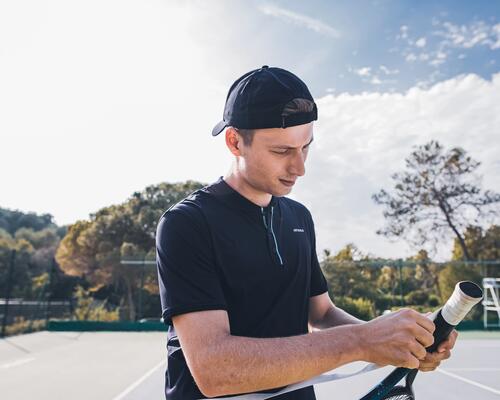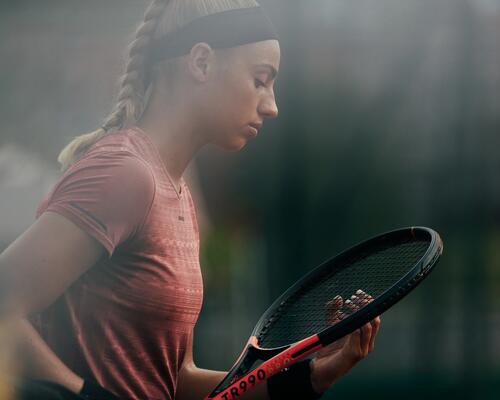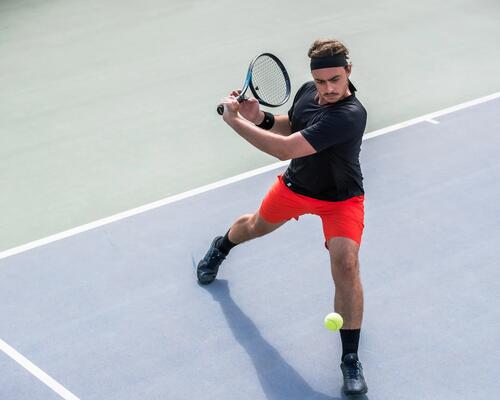If you're a beginner...
There's nothing quite like a slow ball that won't surprise you each time it bounces, either by being too fast, bouncing too high or spinning off unexpectedly. You also want a ball that you can't put much spin onto.
And don't overlook comfort… The ball should be pleasant to hit.
The best balls for you are pressureless balls with a soft core, as they're comfortable to hit. You may even want to use foam balls when learning a new skill, mini tennis balls designed for kids, or even "intermediate" balls for adults. These balls are easy to recognise as they're often made from a mix of yellow felt and another colour.
They're pressureless and made from thick rubber to make them last longer.
To sum up, as a beginner, soft, pressureless balls are best.








